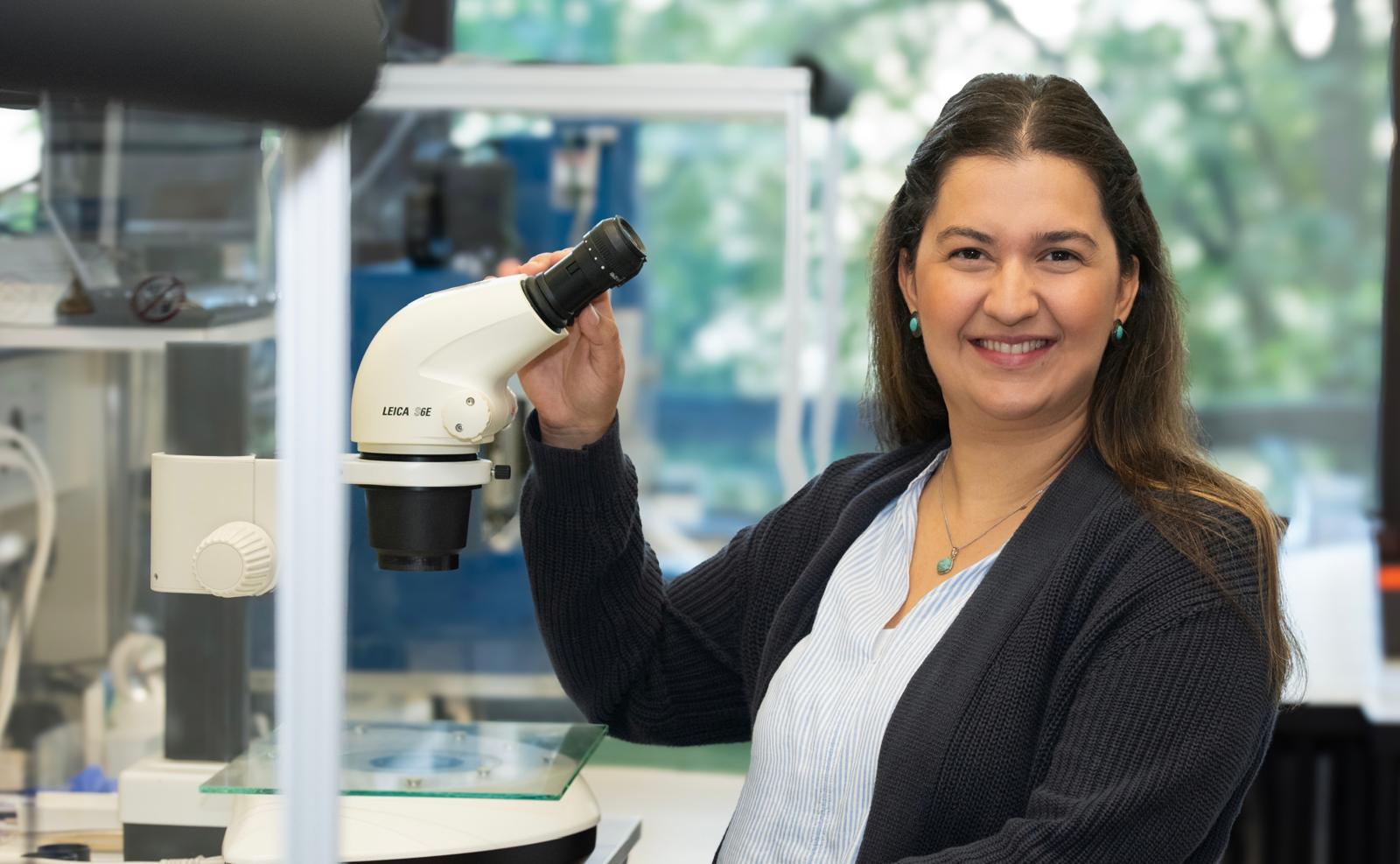Protein Crystallization Center - PCC

Unterseiten vonProtein Crystallization Center
The Protein Crystallization Center – PCC@UZH – supports the structural biology research community by setting up and monitor high-throughput protein crystallization experiments at the nano-liter scale. PCC@UZH offers a wide range of crystallization techniques for soluble and membrane proteins. The crystallization service is open to academic researchers as well as private industry.
more about protein crystallization
Proteins are the largest group of non-aqueous components in living cells. Almost every chemical reaction in a living cell requires a specific enzyme; this class of protein is also the most diverse. Knowing the 3-D structure of enzymes is vital to understand cellular processes. From the techniques used for the structure determination of macromolecules X-ray crystallography is the most productive method to date.
Crystals of a protein are prerequisite for structure determination by X-ray crystallography. Since the crystallization of bio molecules is a poorly understood process, high-throughput crystallization screening methods have to be used to find a successful condition for a new protein. Using vapor diffusion as the most common crystallization technique a combination of condition variables has to be determined for each protein. Condition variables are e.g. the protein concentration, the temperature, pH, and the concentration of a wide range of precipitation agents in combination with various salts. High throughput screening in combination with miniaturizing the crystallization experiment to 100nl is a practical solution for finding a suitable crystallization condition out of a large number of tests by using only a small amount of purified protein.
Technology Platforms UZH (PDF, 259 KB)
You can find more information on how to crystallize your protein here:
Terese Bergfors - Tutorials:
How to set up protein crystallizations with Terese Bergfors
Crystallization Protocol:
Oxford Protein Production Facility - UK
Hampton Research:
Crystal Growth 101 Literature
"Growing Crystals That Will Make Your Crystallographer Happy" by Paul D. Boyle (PDF, 92 KB)